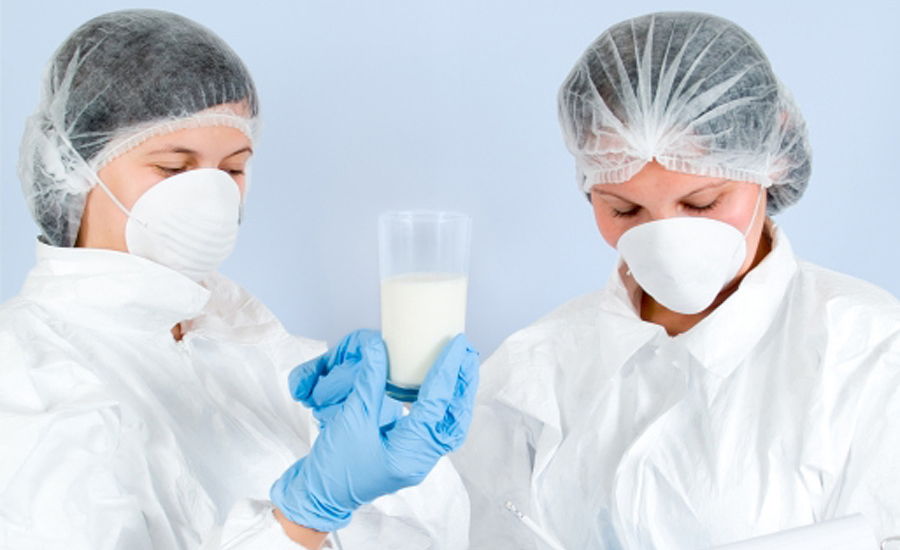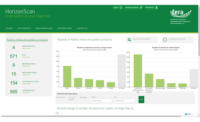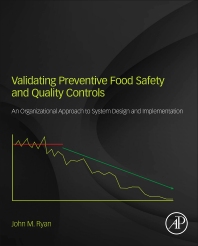ISO 22000 food safety management system to undergo complete modification
The revised standard will incorporate recognized key elements to ensure food safety at every step of the food chain, right up to the point of consumption.

After a decade of good service, ISO 22000, the international standard for food management systems, is undergoing a complete modification to bring it up to date with today’s new food safety requirements.
The standard is now at the committee draft stage, and experts sifted through the more than 1,000 comments collated by the Danish Standards Foundation (DS)on the draft standard.
Suggested modifications include:
- Applying ISO’s new high-level structure to ISO 22000, which is now mandatory when drafting or revising management system standards (MSS). The new structure sets a framework that makes it easier for businesses to integrate more than one MSS at a given time.
- Providing users of ISO 22000 with a new understanding of the different risk-based approaches. The “risk” concept is used in various ways and is important for food manufacturers to distinguish between hazard assessment at the operational level through the Hazard Analysis Critical Control Point (HACCP), and the business risk where opportunitiesalso form part of the concept.
- Providing further clarification on how the plan-do-check-act (PDCA) cycle works by including two separate PDCA cycles in the standard that operate one inside the other. The first will apply to the management system while the second within it addresses the operations described in Clause 8, which simultaneously covers the HACCP principles defined by the Codex Alimentarius Commission.
- Giving users a clear description of the differences between Critical Control Points (CCPs), Operational Prerequisite Programs (OPRPs) and Prerequisite Programs (PRPs).
From farm to fork
Preventing, reducing or eliminating food safety hazards is essential to maintaining a hygienic environment throughout the food chain. The revised standard will incorporate recognized key elements to ensure food safety at every step of the food chain, right up to the point of consumption. These are:
• Interactive communication along the food chain
• A systematic approach to management
• Prerequisite programs
• HACCP principles
The introduction of a food safety hazard can occur at any stage in the food supply chain, so it is essential to have adequate controls in place at every step of the way. Good communication is paramount to ensuring that food hazards are identified and managed at the proper operational level. Food safety can therefore only be ensured through the combined efforts of all parties along the food chain, from feed producers and primary producers through food manufacturers, transport and storage operators and subcontractors to retailers.
A second round
ISO experts agreed that a second CD would be necessary to have a more mature working document. There are major interests at stake between players in the global food chain, which means that a level of consensus has yet to be reached. The task of WG 8 is to clarify and communicate fundamental concepts in the simplest and most concise terms to produce a standard that is understandable and easy to implement in businesses, big or small, up and down the food chain.
Looking for a reprint of this article?
From high-res PDFs to custom plaques, order your copy today!








